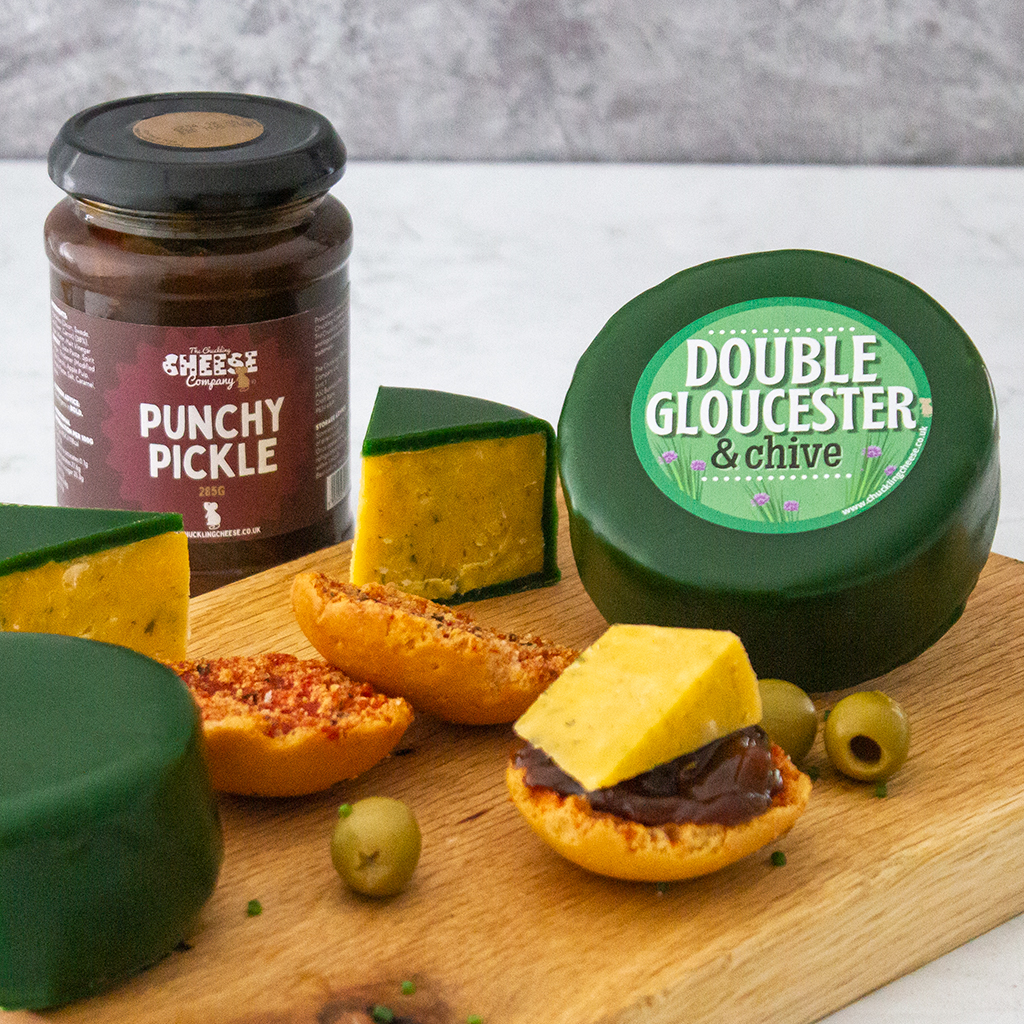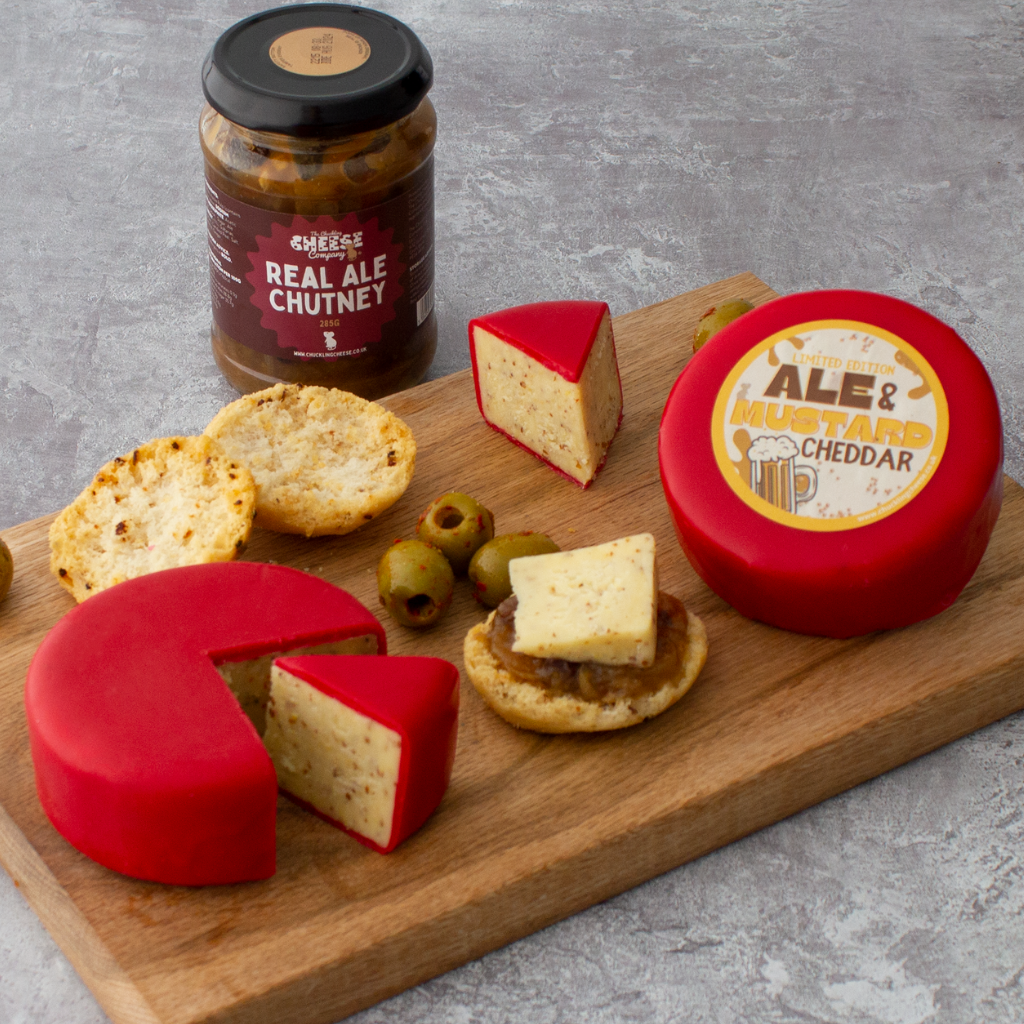What’s the difference? Best before dates vs use by dates


The difference between best-before and use-by dates
It’s very important to know the difference between best-before and use-by date labels. It will change your weekly food shop and home cooking. It could even save you a lot of money every week by knowing the difference between them both. Let’s begin…
Use-by dates relate to food safety
The use-by date labeled on food is all about safety. It indicates when a product may no longer be safe to consume. This is why we have decided to speak about use-by dates first as this is the most important date to remember. Just remember to never eat food after the use-by date, even if it looks or smells completely fine. The date is there for a reason and is labeled by experts. Use-by dates are typically found on meat, fish, and some dairy products.
Of course, if you wish to cook the food before midnight on the use-by date please do so, it will save the money you have spent on the food and general waste, but remember do not cook it after the date stated.
If you have decided to cook the food, you must consume it within 48 hours. But if you decide to cook it and freeze it, please make sure you seal the food and label it with the name of the product and the date it was put in the freezer. So, when you come to eat it, you don’t end up discovering a UFO (unidentified frozen object).
With use-by dates, to ensure the food is valid up to the date on the label, you must follow the “storage instructions”. For example, we all know we shouldn't leave a carton of milk out of the fridge, but there must be a storage instruction label for those who are unaware of this to ensure they do not consume it when they shouldn’t even if that is well within the use-by date! It’s the same with other foods with use-by-date labels. If the instructions on the packaging are telling you to refrigerate after opening, you should make sure you keep your food in your fridge at 5°C or below.
Best-before dates relate to food quality
The best-before date is sometimes shown as BBE (best before end) and is typically found on cheese and tinned products for example. This is an indication of quality rather than the safety of the food. The difference here is that you can eat it after it’s best before date if it does not look, taste, or smell spoiled. But with what we mentioned before, it’s more about the quality of the food. So, yes consuming the food after the best-before date is fine but the overall texture and flavour are most likely not going to be as good as before the date stated. Another thing to remember is that the best-before date will only be valid IF the food is stored according to the storage instructions on the packaging.
Ensuring you avoid food waste
With costs rising, coming up with methods to reduce waste can benefit your weekly shopping and could save you a lot of money. You can start this by reducing the amount of food you throw away, and following these steps:
-
Follow the storage instructions on the packaging.
-
Use up, cook, or freeze any food that is approaching its use-by date rather than throwing it away.
-
Ensuring your fridge is set below 5°C.
-
Planning your meals ahead. (Meal prepping)
Giving food to food banks
If you are a giver and you wish to provide food to your local food bank, you would still need to check and follow the use-by dates. If not, it puts people at risk and could lead to serious action being taken against the food bank which we need to avoid to ensure they can continue providing for the local community.





